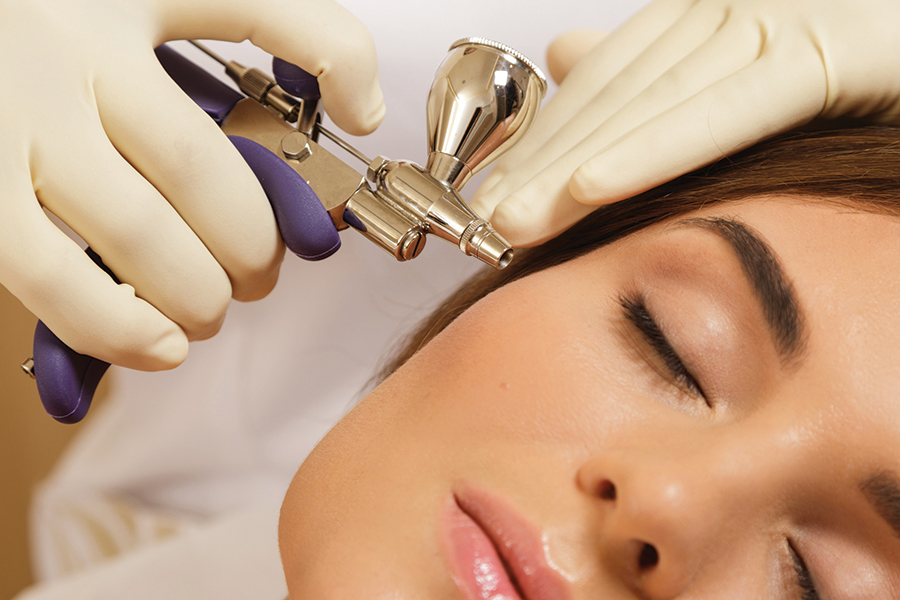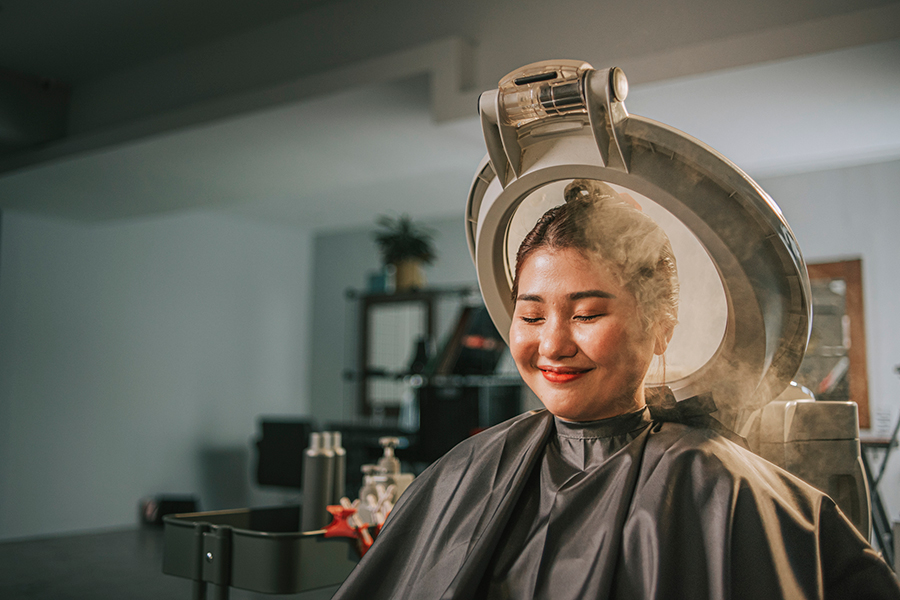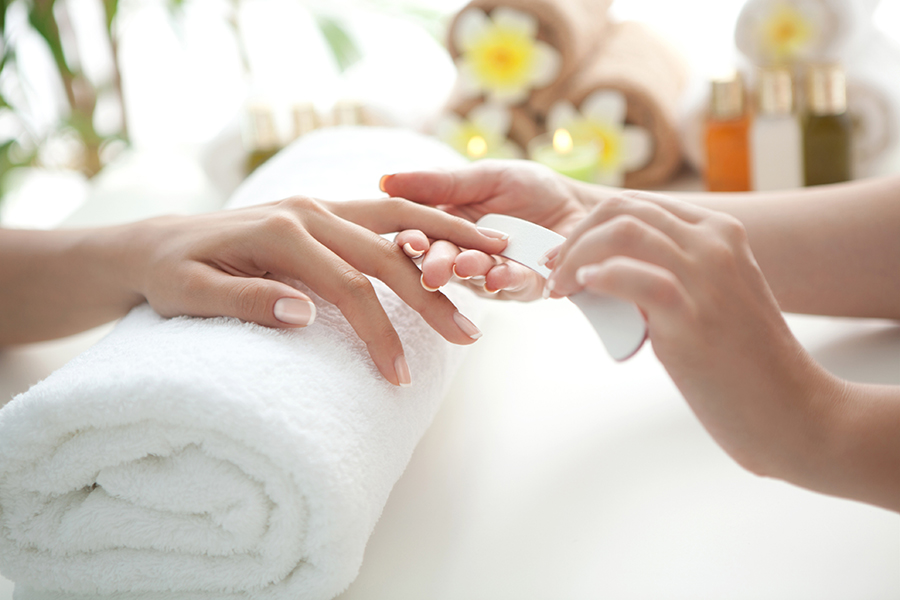Kosmoderma experts share insights on the latest treatments and in-office procedures for clients with prominent skin concerns.
The transition from teenage to youth is bliss, except for acne worries! It’s a common skin concern observed in adolescence and may progress to adulthood. Hormonal changes in the body cause acne in teens and is a part of entering adulthood.
Acne may become huge, inflamed, and blemish the confident demeanor of a person; it may be accompanied by pain and irritation. This may turn into a hassle and could be intimidating for your clients if not tackled with medical supervision on time, especially in post 30’s clients.
Age takes a toll on skin cell turnover – the process of replacing existing skin cells with new ones after the thirties. While this process takes only 14 days during the 20’s, but post 30 it may extend from 27 – 30 days or more. This may lead to dead cell build-up that clogs pores, thus causing acne.
Adding more details, Dr. Akhila, one of the experienced cosmetologists and medical aestheticians at Kosmoderma Clinics said, “Laser and light therapies are highly efficient in treating different stages and grades of acne. A single laser or wavelength may not perform well with all forms of acne. However, a combination involving various lasers and light therapies can deliver significant results.”
As a skincare professional and expert, being more educated and aware about the latest treatments, techniques and research about various skin concerns will help you recommend the best treatments to your clients.
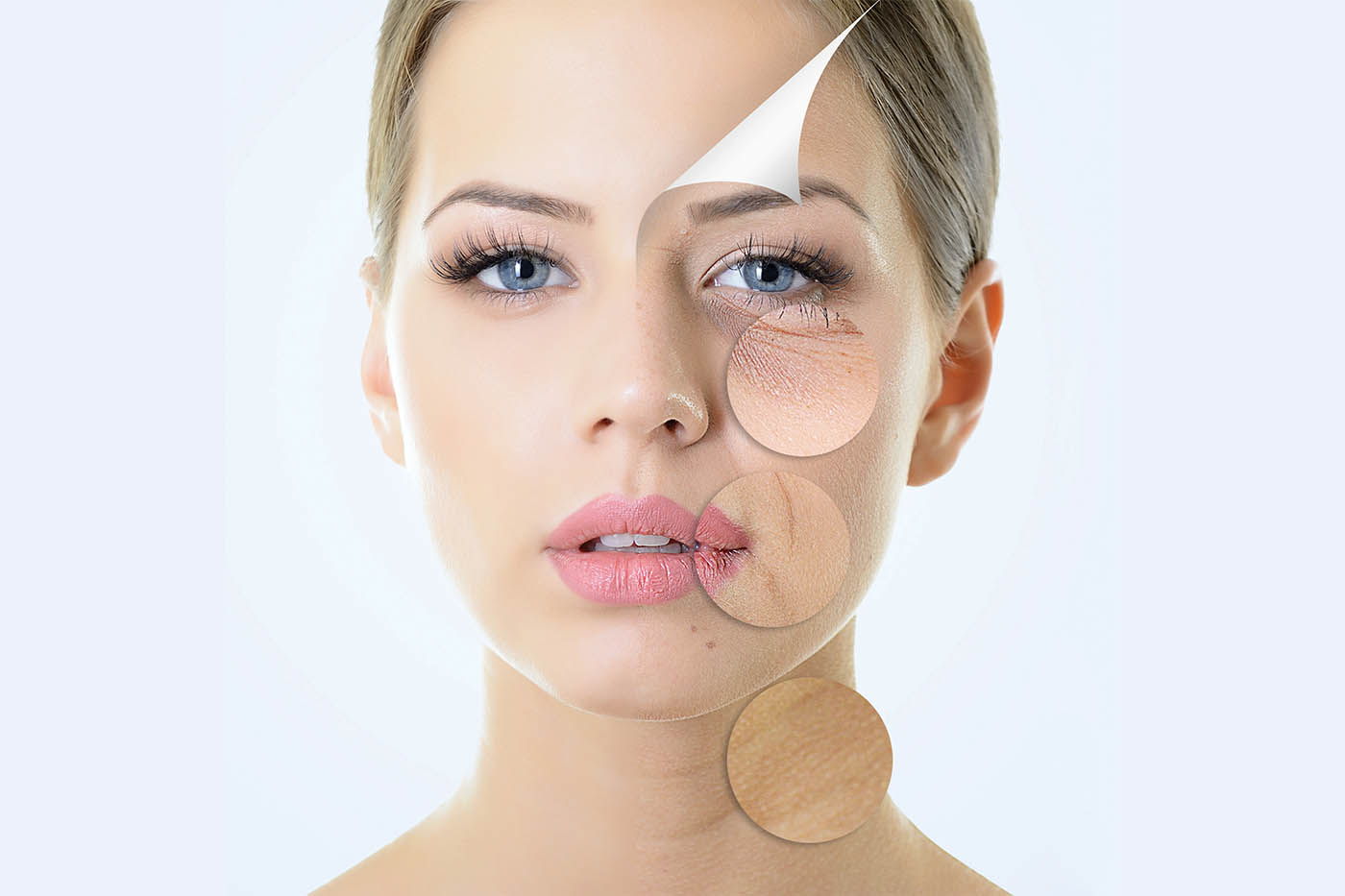
Latest Acne Treatments:
Red & Blue Light Therapy or Phototherapy
The wavelength of blue light has antimicrobial effects. Red light promotes healing and reduces inflammation, guarding skin against scarring. Combining red and blue light can restrain excessive oil-production of sebaceous glands, thereby preventing acne formation.
Photopneumatic Therapy or Isolaz Laser
The FDA-approved treatment combines Intense Pulsed Light (IPL) with a gentle vacuum to remove excess oil and dead cells from clogged pores. It’s best for white and blackheads or comedonal acne.
Photodynamic Therapy
Apply photosensitizers topically on the skin and then expose them to a medical light like red, blue, or IPL for activation. The therapy corrects overactive sebaceous glands, reduces their size and inflammation. “Infrared Light Therapy is mainly for treating body acne,” Dr. Akhila added.
Carbon Laser Peel
The first step is applying a carbon layer to absorb grime on the skin. Then, administering
a laser for breaking down the carbon along with absorbed oil, dirt, and other impurities. The procedure employs a Q-switched ND: YAG Laser that tackles multiple skin concerns, ranging from mild to moderate acne, clogged pores, and oily skin. The heat from lasers also promotes healing and rejuvenation of the skin.
Treatments For Acne Scars and Wrinkles
“The reality is that completely erasing scars is impossible! What we need to focus on is making them less obvious. Here, laser resurfacing helps,” says Dr. Akhila. The recent technological advancements center on scar revision – making the scar less visible by altering the scar’s direction.
“Based on the kind of scars, lasers are combined with other technologies like Microneedling Radio Frequency, abbreviated MNRF for desirable results,” she added.
MNRF involves passing microneedles with radio frequencies to skin layers which causes controlled damage and promotes regrowth of healthy skin. The heat produced by radio frequencies also enhances the skin tightening process – the core of anti-aging remedies.
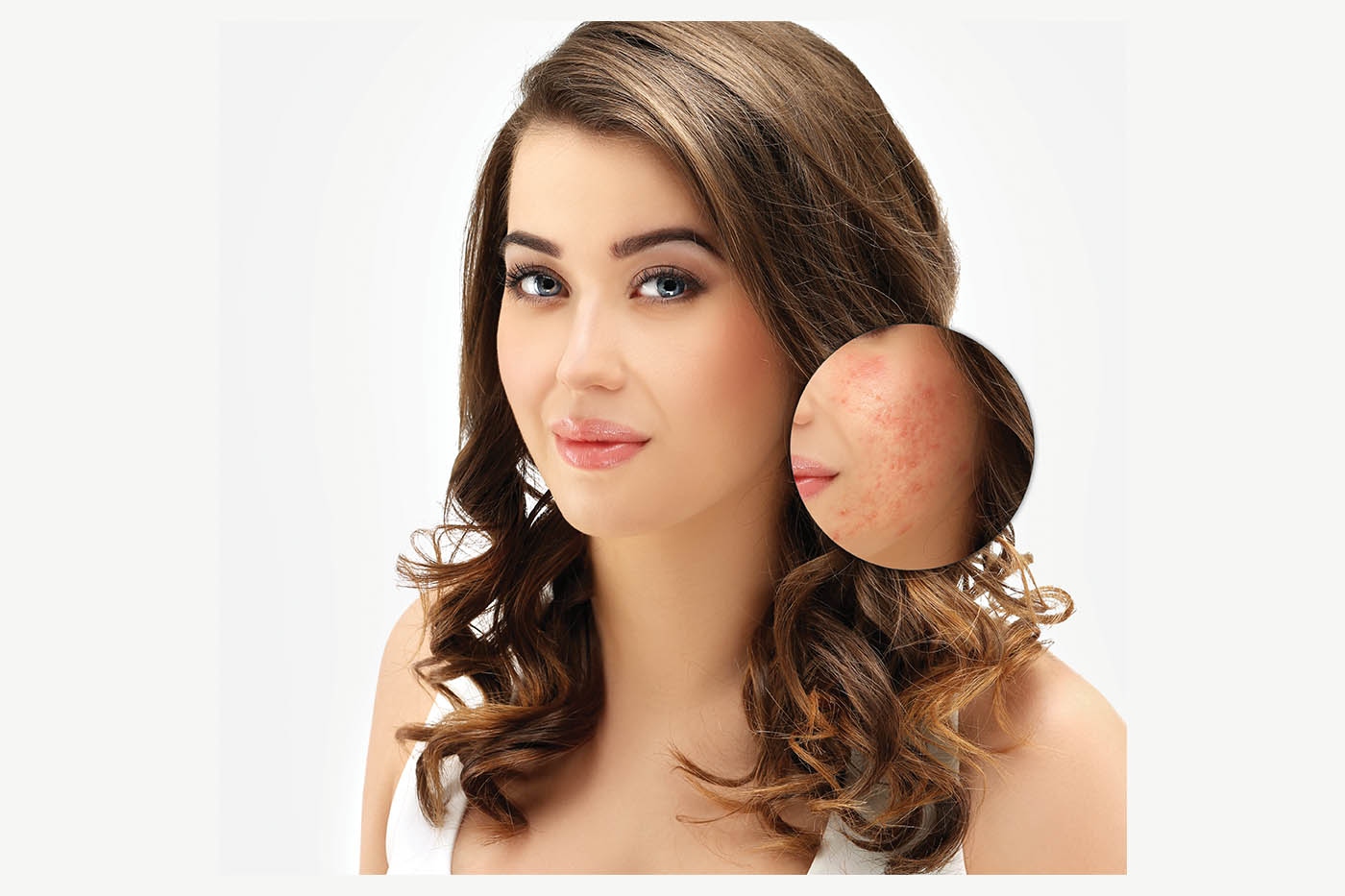
Laser works on acne scars in two ways:
- The heat from lasers removes the top layers of the skin, which forms a scab, and thereby skin appears smoother.
- Leveraging laser’s heat to harvest micro-column in the skin, encouraging healthy skin layer formation.
“Ablative lasers selectively damage the top layer (epidermis) of the skin and heat the layer below to stimulate collagen production. Eventually, top layers heal, and the regrown skin looks tighter and smoother, making the scar less visible,” Dr. Akhila said. “On the other hand, we have non-ablative lasers or less aggressive lasers that emit low heat. They do not wound epidermis, but are effective for treating superficial scars – meaning fine lines and wrinkles”.
Fractional Lasers are on a level of its own as it treats wrinkles, pigmentation, acne or surgical scarring, and even sun damage! The mechanism involves fractionating a single laser beam into multiple tiny beams. Upon emitting, they create deep and narrow micro-columns of coagulation tissue that stimulate collagen production and enable natural healing.
Wrinkles are early signs of aging skin. Though ultrasound and radio-frequency based devices were revolutionary in treating superficial and deep wrinkles, botox injections remain undisputed till date.



